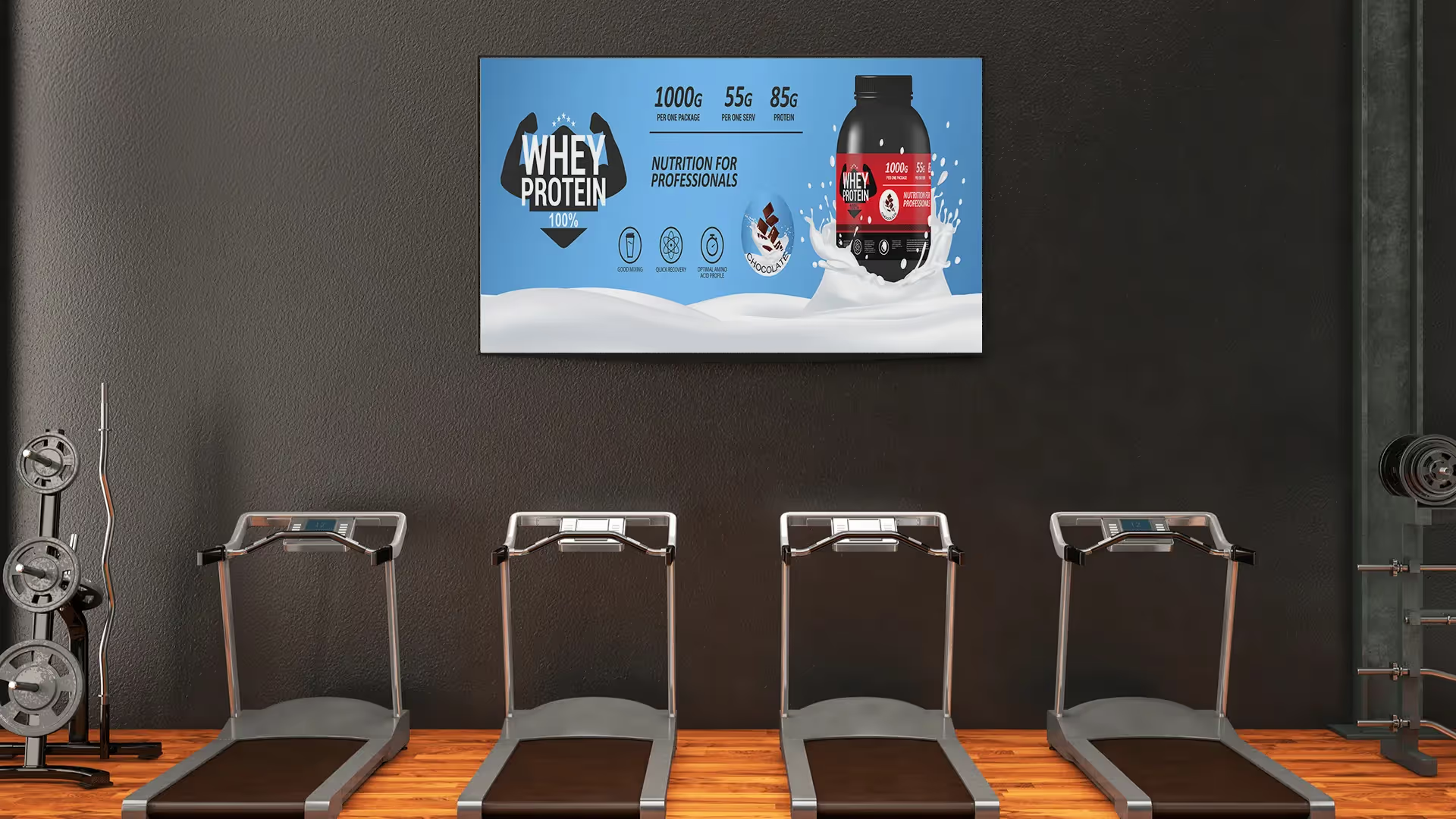What to remember
This article is the first in a series concerning the choice of the network architecture of its digital signage system, if you do not fully understand the concept of digital signage, or are not familiar with the various models, start with this article: Digital signage: be well prepared.
Without hardware, there is no digital signage system. Screens, network devices, players and/or servers, a minimum of equipment is required.
Whichever dynamic screen solutions you choose, it is a question of carefully anticipating the equipment necessary for its proper functioning.
Model case housed
In the case of models (or architecture) On-premise and hybrid, hardware and software belong to the customer. The latter must therefore acquire them. The company must insure the hosting servers on the local network in good conditions (safety, cooling, maintenance, availability 24/7).
Moreover, even under these conditions, The equipment does not have an eternal life, it is necessary to anticipate, in the long term, a replacement of the hardware, as well as the transfer of existing data to the new hardware. Even if these interventions are very rare, they are rarely indicated in the initial invoices and can contribute to the abandonment of the advertising project if these additional expenses are incorrectly calculated beforehand.
In addition, while it is possible to install redundancy solutions in order to guarantee high availability of the service, avoid black screens and data losses, they are complex to implement and involve significantly higher purchasing costs. (the equipment must be provided, at least, in duplicate). These solutions also require that the technical teams of the client company be in a position to implement them..
Model case SaaS
In the case of architecture SaaS, The players can also be sold to the customer. For complete solutions (software and players provided by the same provider), however, players are often rented or made available for the contract period and therefore constitute a smaller initial investment.
The obsolescence and wear and tear of players can then prove to be less of a problem and some providers offer standard exchanges after a defined period of use. The provider's servers are often hosted in datacenters in the best possible conditions.
Redundancy and replication services are in principle also in place, which ensures maximum continuity of service and the assurance of not losing data. The client company then does not have to worry about these complex technical implementations., often included in the proposed subscription and can devote himself to his activity.
So, choosing a SaaS solution involves acquiring less equipment, sometimes none. The installation is therefore reduced to the minimum possible, and maintenance does not require an in-house technical team, since it is carried out by the service provider, which operates its own servers.
Depending on the objectives and structure of the company, its data storage policy, the desire for scalability, the services to be implemented, the skills of the technical teams and the company's capacity to host servers, the preference for one of the architectures will emerge. However, many other parameters still need to be considered..
Continue reading the file:
- Preparing #2: Time and effort to set up
- Getting ready #3: Technical Support and Maintenance
- Preparing #4: Training and getting started
- Get ready #5: Connectivity and bandwidth
- Preparing #6: Safety
- Get ready #7: Usability and scalability
- Get ready #8: Prices and pricing
- Summary: Preparing for digital signage
Cenareo offers you an intuitive, scalable Saas solution and perfectly adapted to the needs of communication professionals in all sectors of activity: Points of sale, Internal communication, Hotels and restaurants but also DOOH.













